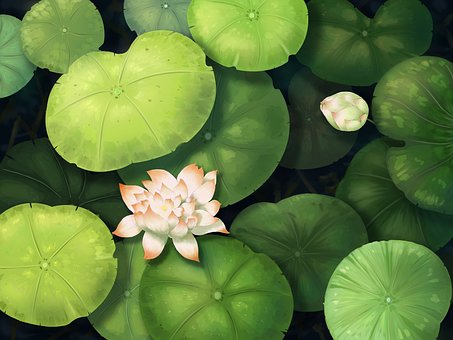Death is vital for everyone, because this is the reality everyone is reluctant to face but have to face. For ordinary beings, death is a dark, unknown area, pervaded with despair, mystery, suffering and sorrow. When facing death, almost everyone feels panicked and fearful, these are all due to the misunderstanding derived from not understanding death. If having gained a correct understanding of death, then fear will be dispelled, and preparations for death can be made.
~Depicted from LUMINOUS WISDOM BOOK SERIES











